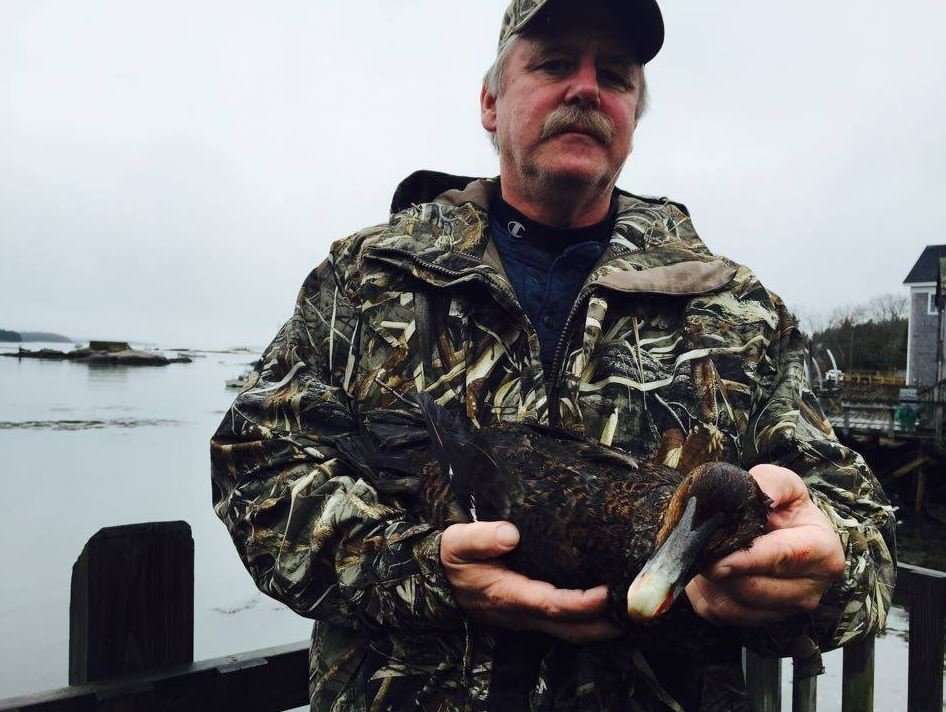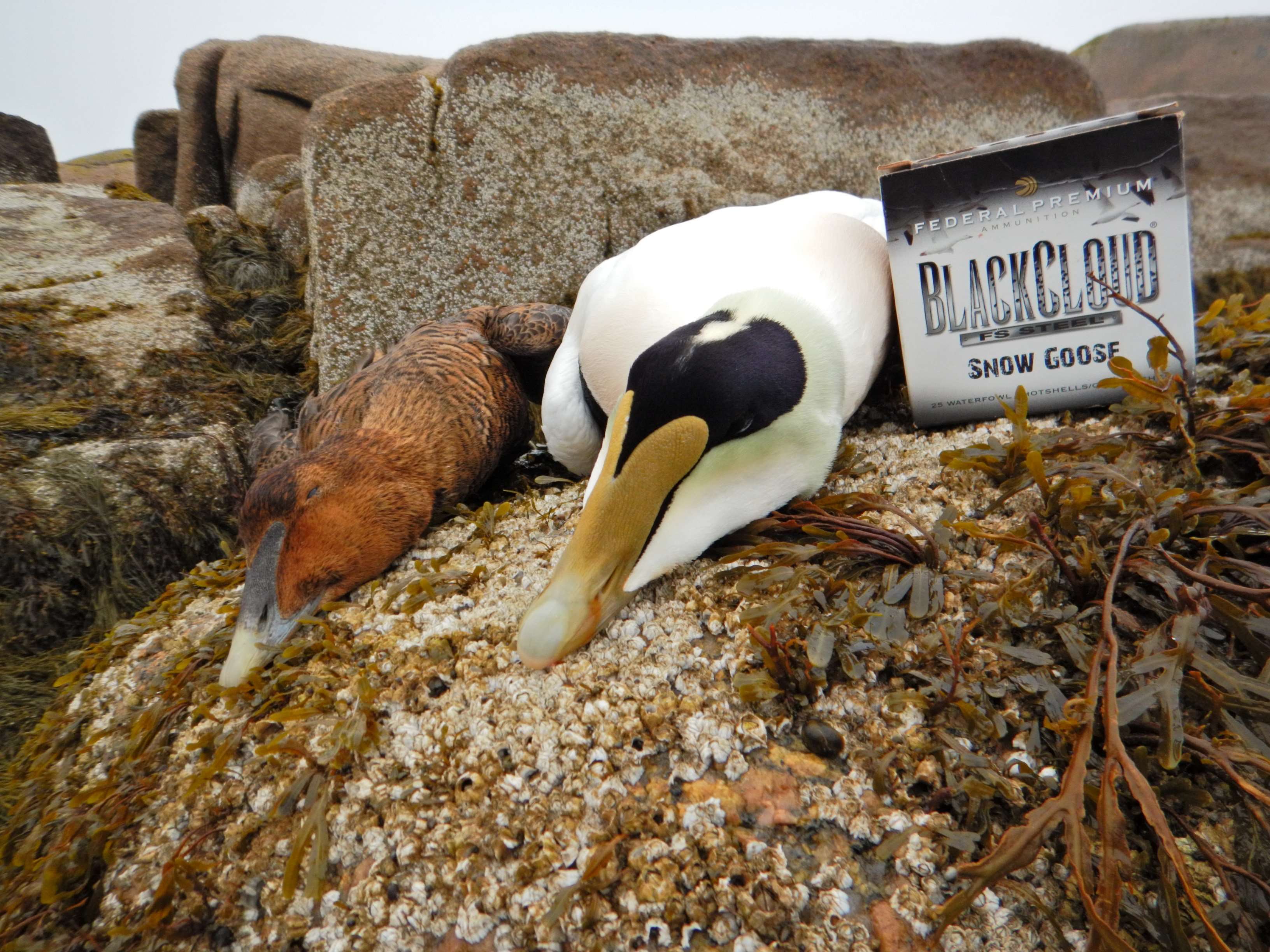Date: December 10, 2015
Location: Northern New England
Major Weather Trends
It's balmy as I write this from my southern Maine cabin, 48 degrees in fact, with a high forecast in the mid-50s today. The extended weekend outlook is much the same, with rain coming in Sunday and Monday. The 10-day weather prediction is similar.
A hardcore waterfowler in my circle texted me yesterday after I asked about his season: This summer weather we are having is not so good for the fowl hunting. True that.
Water Conditions
Precipitation is on the way up north, with abnormally dry conditions prevailing in the uppermost Atlantic Flyway along the New England coast, northern New Jersey, southern Georgia and parts of Florida.
Habitat Conditions
The snow and freeze line is well into northern Canada, so our habitat conditions are much like the early season - minus some of the food sources. Agricultural fields are barren up north, though our honkers are as apt to eat green grass these days with no snow on the ground, even in Maine.
Species & Numbers
Mallards, likely resident birds, are still hanging in tidal inlets locally and open-water inland ponds. Skim ice has come and gone, pushing some birds to the east and coastline. Overall, Canada goose populations are acting similarly, finding late-season unpressured areas to water roost and feed by day. The biggest push of honkers came between the season split, when temperatures dipped below freezing up north. Back then, migrators could be heard by day and into the night, high above, with no intention of staying. To the south hunters have seen shooting. Some reports from the mid-flyway indicate pressured birds are avoiding spreads.
Want action? Hunt saltwater tides and ledges with the tidal shift for sea ducks.

Personal Hunting Report
The scorecard: Have seen just four ducks, paired mallards, the last handful of outings. Slow. Greenheads just haven't arrived where seasons remain open. Some marsh blacks and saltwater buffleheads have settled in along the northern coastline, calendar ducks as it were, right on time.
Boat Ramp Chatter
At the risk of repeating myself but I will, comments continue from worst season for ducks ever to goose hunting has been the slowest I've ever seen. Word from one gunner on New Hampshire's Great Bay said he spent all day on the water and only heard a few shots. I texted yet another bud about the potential of getting on some northern New England coastal ducks with his Lab, and he responded: K. Haven't heard back though. Last time we spoke he had just deer hunted in the Midwest. It's been that kind of season. Late and great? We'll see.
Upcoming Patterns / Hotspots
Sea ducks along the saltwater coastline from Maine to New Jersey provide some action, and seasons run into the new year.
If you got this far in the report and haven't yet, check out the video above with Brad Allen, Maine Department of Inland Fisheries and Wildlife's Bird Project Leader. Some good news there . . .
Sea Duck Shotgun Load Tip
Goose loads can also be used for sea ducks. A larger shot size such as No. 2s and a higher-velocity load is necessary to kill thick-skinned eiders, scoters and long-tailed ducks.

Black Cloud Snow Goose comes in BBs and 2s, touting muzzle velocity of 1,635 FPS. Consider a proven 12-gauge, 3-inch, 1-1/8-ounce, No. 2 combination to get the job done on the surf-lashed coast.
Go here for more Realtree waterfowl hunting.
Steve Hickoff is Realtree's turkey hunting editor and Atlantic Flyway reporter.







